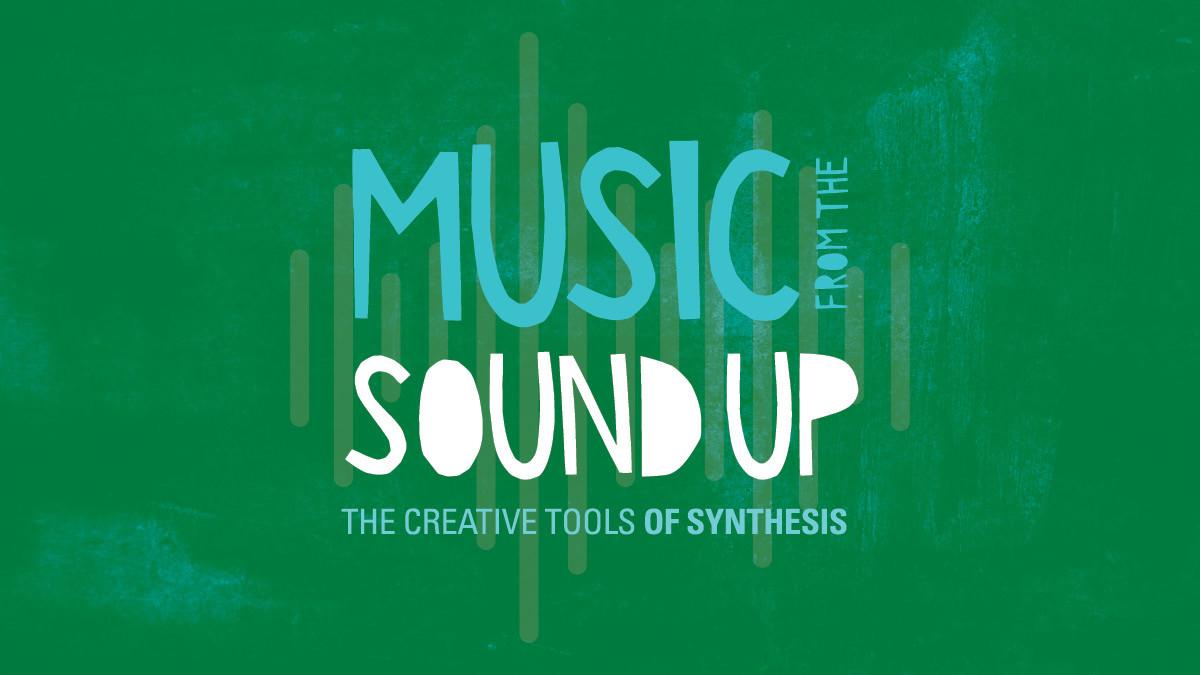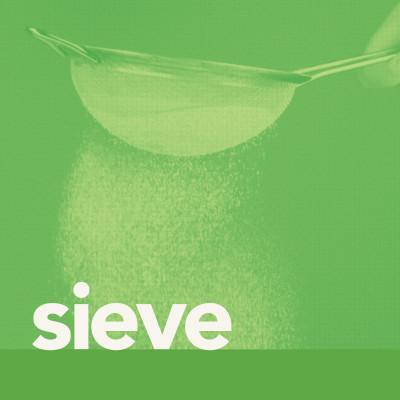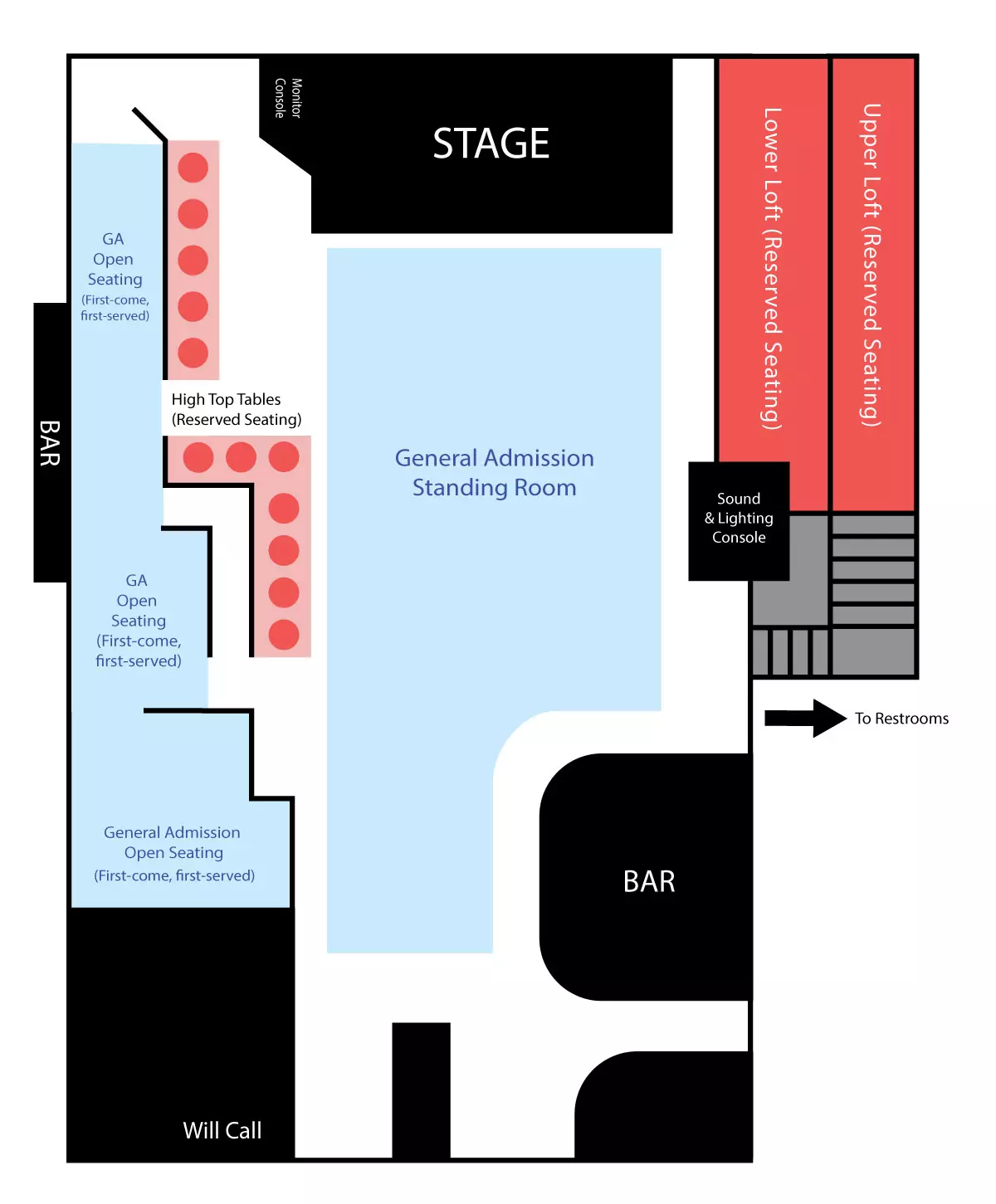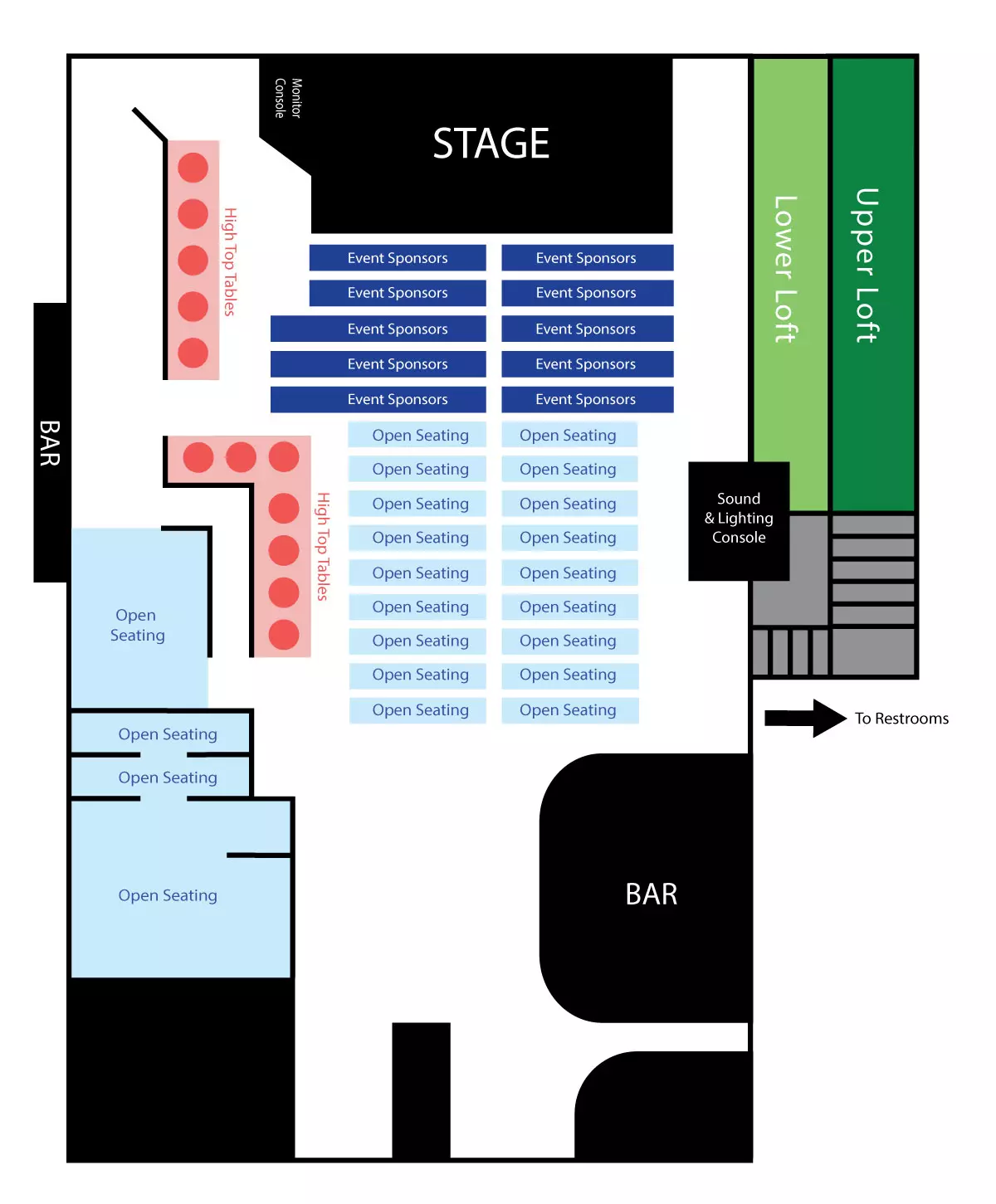
Music from the Sound Up: The Creative Tools of Synthesis
As the world became increasingly electrified in the late 19th and early 20th centuries, musicians and scientists began laying the foundations of “synthesis”—an entirely new way of building sound through electrical current. This also opened the door for the development of entirely new instruments. Although early instruments were limited to only a handful of sounds, each new development in synthesis brought new opportunities for expression and personalization. It soon became apparent that with synthesis, everyone could make their own sound.
This ethos of individuality continues to drive synthesizers today. It’s possible to build almost any sound you can imagine – including the sounds of traditional instruments – and play your sound in almost any way – with a piano keyboard, a guitar, a wind instrument, a smartphone app.
SPECIAL THANKS
Music from the Sound Up: The Creative Tools of Synthesis is generously supported by Sweetwater and Fishman. Instruments on display are loaned by Yamaha, Roland, Arturia, and Critter & Guitari.


![]()
![]()
![]()
C R I T T E R & G U I T A R I
Creating your sound!
In this interactive exhibition, you’ll learn about and use a process called “synthesis” to create your own unique sound. It is a progressive experience where you'll explore and customize your sound using each of the following building blocks:







